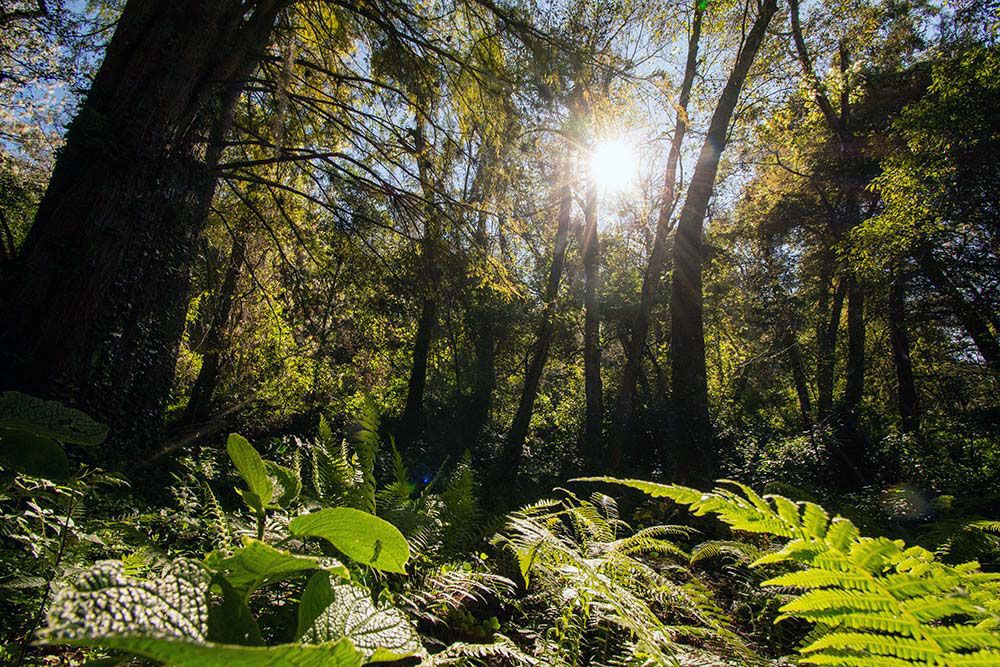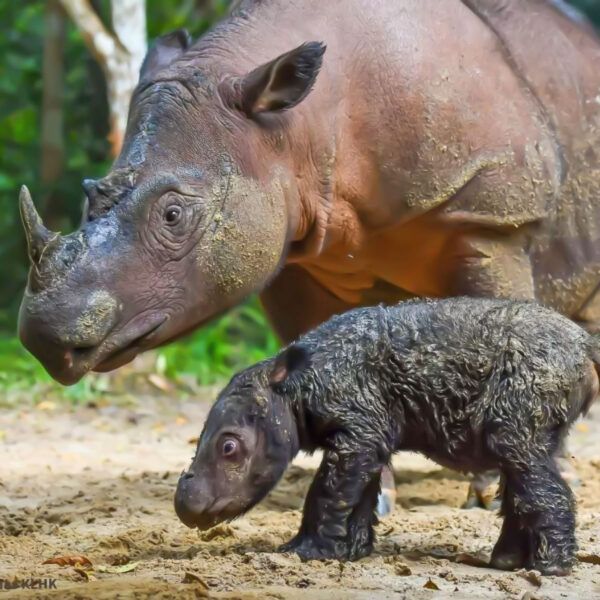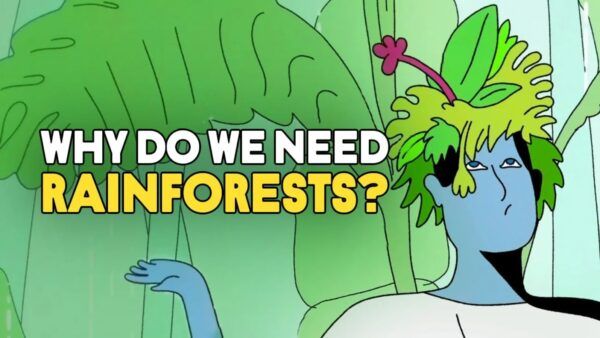Our Mission to Protect the World’s Forests
We are working in 60+ countries to build sustainable, rural economies—a proven strategy to keep our forests standing.... Continue Reading
Home / Issues / Forests & Biodiversity / Page 6
Forests are critical to every living thing on Earth. Not only do they give us clean air, shelter, and rain, they house 80 percent of the world’s terrestrial biodiversity. Alarmingly, humans have destroyed half of the world’s tropical forests and driven extinction rates up thousands of times higher than what is natural.

Forests are a powerful natural climate solution. As trees grow, they absorb and store carbon emissions, while releasing oxygen into the atmosphere. Conserving forests could cut an estimated 7 billion metric tons of carbon dioxide each year—the equivalent of getting rid of every car on the planet.
![]()
in the forest concessions of the Maya Biosphere Reserve, Guatemala*
In Guatemala’s Maya Biosphere Reserve, twelve community forestry concessions safeguard around 417,269 hectares of the largest and most important tropical forest north of the Amazon. These community-run concessions boast a near-zero deforestation rate—a remarkable feat given that adjacent areas suffer some of the highest deforestation rates in the Americas.
*Community forestry concessions in Guatemala’s Maya Biosphere Reserve have demonstrated a near-zero deforestation rate, since data collection began in 2000. Data accurate as of December 2019.
![]()
From 2020 through 2021, farmers we work with in the buffer zone of Indonesia’s Bukit Barisan Selatan National Park planted 45,000 trees in the area directly bordering the park. In addition, we identified 80 farms that sit in a wildlife corridor used by the critically endangered Sumatran elephant. We supported these farmers in planting species that suit the elephants’ diet.
*Data accurate as of December 2022
Together with forest and farming communities, Indigenous leaders, companies, governments, and global citizens, the Rainforest Alliance works in 58 countries to promote more sustainable land management practices while cultivating thriving rural economies—the most widely proven strategy to restore biodiversity and keep our tropical forests standing.

We are working in 60+ countries to build sustainable, rural economies—a proven strategy to keep our forests standing.... Continue Reading

Indigenous peoples and local communities have an unsurpassed connection to the Earth's forests. ... Continue Reading

The forest concessions of the Maya Biosphere Reserve have boasted a near-zero deforestation rate for 20 years.... Continue Reading

We're training coffee farmers in the Bukit Barisan Selatan National Park buffer zone to help them conserve biodiversity and improve their livelihoods.... Continue Reading

Join our CoP in Peru this September for two days of thought leadership, solutions sharing, and partnership building to protect the world's forests. ... Continue Reading

The Rainforest Alliance launched the initiative Business Case for Collective Landscape Action (The Business Case) to tackle deforestation in Colombia

The Rainforest Alliance has developed a comprehensive approach to helping your company achieve deforestation-free supply chains and protect the world’s forests. ... Continue Reading

No matter where you live, you need rainforests. Why? They help purify the air we breathe. They send vapor into the air, making it rain—not just locally but thousands of miles away. Rainforests are great allies in the fight to slow climate change, too, as they absorb vast quantities of human-made carbon emissions. Rainforest plants provide the basis for medicines that treat everything from toothaches to childhood leukemia. Rainforests are also home to millions of Indigenous and local peoples who live in harmony with nature.... Continue Reading

Indigenous and local communities manage almost a quarter of the world’s lands, which means they care for an astonishing 80 percent of Earth’s biodiversity.... Continue Reading

What if farming not only fed people, it also nourished the land? With regenerative agriculture practices, farming can do just that. Planting native trees and shrubs, for example, improves soil fertility; improving soil fertility makes crops more productive and resistant to pests; eventually, pesticides can be eliminated.... Continue Reading